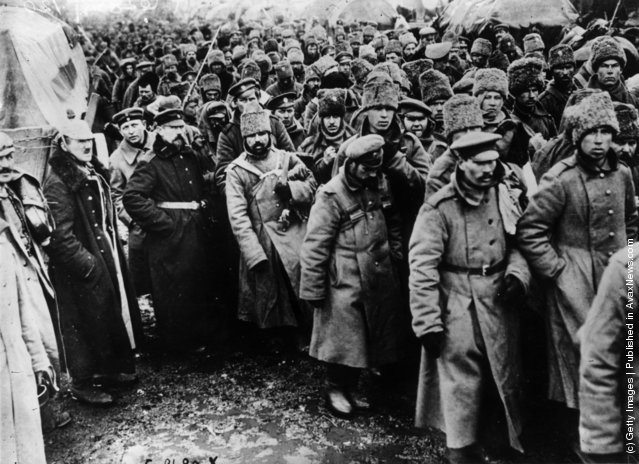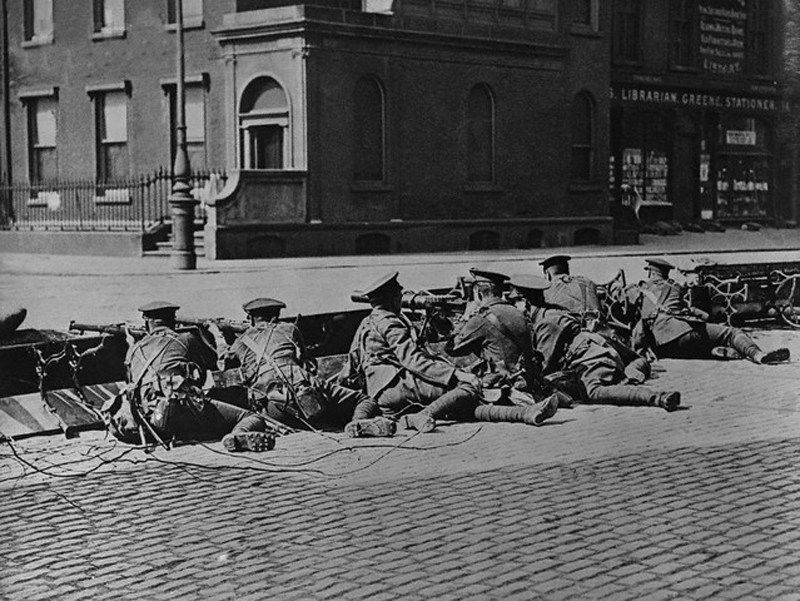Ah, well, I didn't get this post in under the wire. I'll finish up anyway. And, to clarify, of course these are just my own observations about what has been published. I can hardly *review* most of these games, as I've only played a few of them.
As I mentioned, thirteen entirely new games on World War I were published in 2015 (at least that I could find in Boardgame Geek). But, to avert ill-omen, let's make it up to fourteen by including GMT's
1914: Serbien Muss Sterbien, as that is essentially a new game using an existing system.
So, of these fourteen, four
are strategic in scope (The Lamps Are Going Out, 1914: Germany at War;
Balance of Power; 1WW: The First World War); five are operational
(1914: Serbien Muss Sterbien; Lettow-Voerbeck: East Africa 1914-1918; The Russian Empire Strikes
Back: Lodz 1914; Fateful Days: Marne Campaign of 1914; Gallipoli 1915:
Churchill's Greatest Gamble); four are essentially tactical and almost
Euro-ish (Wipers Salient, Les Poilus; Les taxis de la Marne; No Man's
Land); and two are intriguingly hard to fit into other categories (I,
Spy and Wings for the Baron). Here are some comments on the last two sections. Strategic and operational games comments coming in Part Three.
Tactical
Les Poilus has the distinction of being the only game among all of these that I've actually played myself. I saw it in the shops and was intrigued by its artwork and description and felt compelled to buy it. I'm glad I did.It's a cooperative card game for two to five players, who form a squad, mates from the same French village who join up together in 1914 and spend the game just trying to survive the war. Each turn, the squad has to go out on a mission and try to make it back intact. Completing the mission means success, but it isn't as essential as everyone getting back to their unit intact. Characters can be injured physically, but they can also suffer mental wounds that leave them less able to survive future missions. Occasional glimpses of good fortune tantalize the players, but this is a very hard game to win. If *any* of the players is seriously wounded or suffers enough shell shock that they have to be invalided out, the whole game is lost. Players come to depend on each other, and a blow to anyone hurts all of you.
One of the things that's interesting is that while the players represent French soldiers (the poilus of the title), the enemy is the war itself. No German soldiers appear. There are no hills to be captured, pillboxes to be blown up. Threats come from faceless shells, from cold and rain, from barbed wire and mud. Not only are you not fighting each other, you're not fighting anyone else. You're just fighting to survive.
I played this game a couple of times with a mixture of folks, some of whom are accustomed to wargames and/or familiar with military history and the Great War, others of whom are Eurogame players or not familiar with the war or frequent boardgamers at all. What struck me was that everyone was gripped by the themes of the game, frustrated by its difficulty and compelled to try to bring this bunch of friends through without harm. I'm impressed by how well the designers, developers, and publishers did in creating a game that conveys its messages so well. I'd say this is probably the best new game, on any topic, that I played in 2015. I note it's rated a mean of 7.42 over 1176 scores, which I think is fair praise for it's innovative design and beautiful production values.
Note: The English-language edition was titled "The Grizzled", which seems rather unfortunate. It's an attempt to provide a literal translation of the original title, but it just doesn't carry the same power in English. I would have gone with "Dogfaces" or "Poor Bloody Infantry"--depending on whether an American or British/ANZAC/Canadian audience were intended--to try to get the same motive impact. French soldiers were called "the hairy [ones]" to reflect their tired, dirty, unshaven appearance, but it was a term of affection, and that has a resonance that simply translating the word from one language to another doesn't convey. Plus, English doesn't give adjectives the same leeway to hang out on their own that French does.
Wipers Salient looks in some ways to be similar in theme to Les Poilus. It's a solitaire card game where a player tries to accumulate the means to survive a stint in the trenches in the Ypres Salient. Cards represent support, hazards, missions, and (unlike Les Poilus) the enemy. In a sweet touch, all the artwork on the cards comes from
Bruce Bairnsfeather cartoons (for American readers, perhaps the best characterization of BB is "the British Bill Maudlin"). Less than a dozen ratings. I'd like to give this a try.
 Les taxis de la Marne
Les taxis de la Marne is a cooperative game in which one to five players try to fill Paris taxis with mobilized
soldiers and get them to the front. While overall it's another process-management game, I like the idea of theming it to represent military traffic cops trying to get men to the Front to stop the German advance on the Marne. It has only ten ratings so far, but six of them are 7 or 8, so at least some people enjoy it. In contrast to some other games in this section, it seems lighthearted and fun, a counterpoint to the (historically appropriate) gloom of Les Poilus. Less than a dozen ratings.
No Man's Land: Trench Warfare 1914-1918 is the last of the tactical games in my list to comment on. It comes from Ludofolie. It has a small number of scores and even fewer comments. It's clearly an attempt to provide a low-level tactical game that can show the evolution of tactics throughout the war. It sounds as if it may have some difficulty in doing this, but with so little comment so far it's hard to say.
None of the Above
In this category are two unusual offerings. One is
I, Spy, a game of pre-war espionage in which two to four players act as spymasters for different European powers. Each starts with the same resources, and each player's allegiance is hidden, only officially revealed at the end of the game, so it has aspects of Diplomacy and of the various "hidden villain" games. BGG players have rated it highly (a mean of 7.58 over 11 ratings), and the balance of text comments seem pretty favourable. I'm not likely to buy it right off, but if it shows up somewhere I can play it, I'll definitely give it a try.
Lastly, the ringer. I should have caught this in my prior post, but
Wings for the Baron is actually a re-publication by Victory Point Games of a title originally published in 2007. Be that as it may, I find the concept intriguing, so I want to give it a mention any how. In this game, three to five players act as German aircraft manufacturers supplying the Luftstreitkräfte with new models of combat aircraft for the war. Players use research and design efforts, finances, and espionage to try to win contracts. That's an innovate idea for a game, and it doesn't surprise me to see VPG pick it up and run with it. This I would really like to try.











